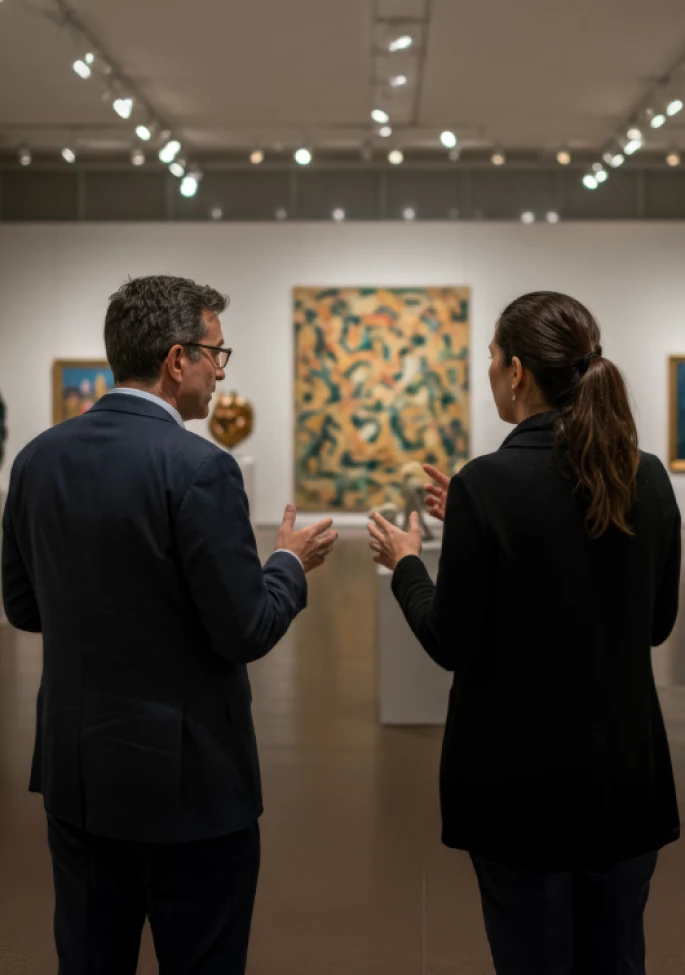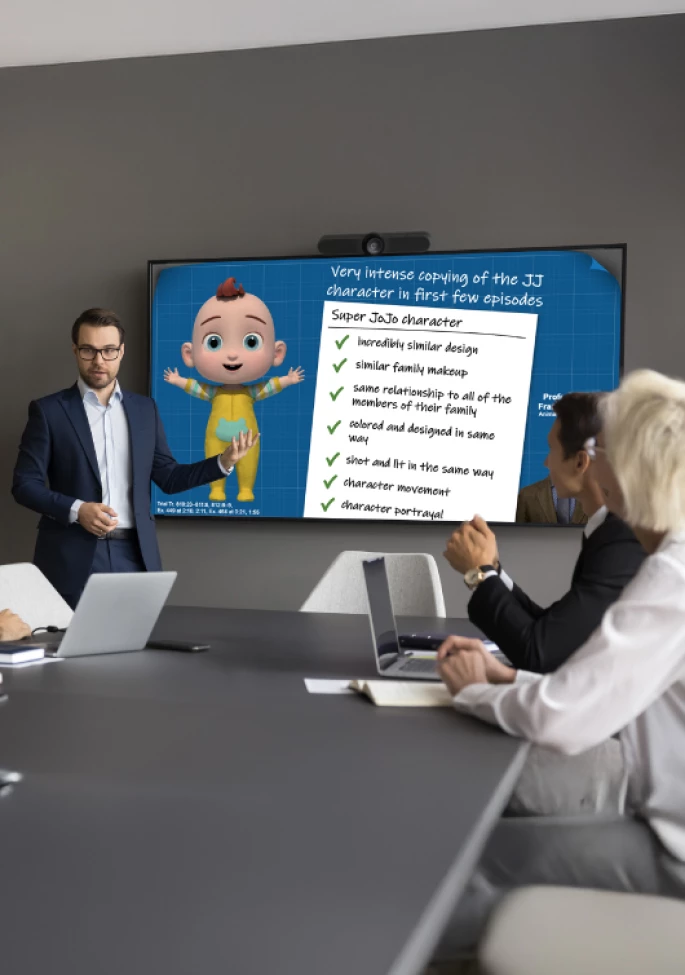A coworker who made a bad choice with a stylist asks if you like their new haircut. Your pal just finished a less-than-stellar karaoke rendition of “My Way” and asks how it sounded. A dinner host asks if you are enjoying your meal, which is entirely too salty. We have all been in situations like these. How did it make you feel? Were you completely forthright in your response? Did you say what you were thinking, or did you dial it back to avoid appearing rude or hurting someone’s feelings?
Now consider how those situations would be different if it were not the person who asked the question, but someone else who made the inquiry while your coworker, friend, or dinner host was out of the room. Would you be more candid in your response? Would you at least feel less awkward about saying it?
The experience of being a juror is more analogous to these situations than you might realize. It is standard practice in voir dire to ask whether jurors have negative opinions of your client or those within your client’s field.
But with the client (or the client’s representative) in the same room—often directly facing the panel—how candid do you think jurors will be in their responses?
Social Desirability Bias
It is natural for people to censor their responses when faced by the very subject about whom they are being asked to say negative things. In the psychology world, we call that “social desirability bias”—the tendency of respondents to answer questions in a manner that will be viewed favorably by others. Social desirability bias is likely to occur when speaking in front of a group of strangers regardless, but its effects are even stronger when the subject of the question is sitting in the room.
Remember, the primary goal of voir dire is to elicit any biases jurors may have that could cause them to filter the evidence in a manner that disfavors your client and ultimately to get those jurors excused for cause. The more critical the juror is of your client, the more likely the judge will agree to excuse them from the case. Thus, it is in your best interest to put jurors in a situation where they can feel most comfortable being forthright, if not utterly harsh. That is why we frequently recommend that you keep your client out of the courtroom during voir dire.
A Faceless Defendant
Not only are jurors likely to be inhibited by the presence of a defendant’s face in the courtroom, but they also will be unlikely to speak up at all if the face of that defendant is inconsistent with their stereotypes. Yet, we know that those stereotypes and biases are still likely to influence how jurors view the parties and the evidence in the case. Consider the following scenario:
Juror Jones arrives to the courtroom with many negative opinions about pharmaceutical companies. He believes their executives will lie about the negative effects of their drugs to increase profits, and that they have undue influence on government regulators. Surely, Juror Jones is not your ideal candidate to be on the jury if you are representing the company, so you will need him to talk about these beliefs and admit that he would have difficulty being fair to a pharmaceutical company.
But imagine your corporate representative is a pleasant-looking, approachable person—not at all like the soulless corporate suits Juror Jones had imagined. You ask the panel, “How many of you think pharmaceutical companies hide safety information from the public?” Juror Jones looks at your representative and—realizing his stereotype was inaccurate—thinks, “She looks like a nice lady; this one may be the exception,” so he declines to raise his hand. Or, even if Juror Jones raises his hand, he will be inclined to say that he can still be fair to your client, given that he does not know anything about the representative before him.
Now, it is wonderful that your corporate representative defies his stereotype, but do you still want Juror Jones on your panel? Though he might be willing to give your client a shot, chances are that his pre-existing biases—which he might not even be aware of—will re-emerge when it comes time to evaluate the corporate documents and testimony of your witnesses.
Keeping the client out of the courtroom allows jurors to maintain stereotypes in their minds, which will influence how they respond to your questions. Still picturing the soulless corporate suits in his mind, Juror Jones likely would have raised his hand and agreed that pharmaceutical companies generally hide safety information, so that is probably true in this case too. Without the client in the courtroom, you are more likely to get Juror Jones excused for cause.
In fact, a particularly likeable or sympathetic client can actually get your best jurors excused for cause. In one recent case, the plaintiff’s counsel made the fatal mistake of sitting his eight-year-old client at the table during voir dire. When he asked jurors whether they had any biases against people who bring lawsuits, multiple jurors spoke up that they were already pulling for this sweet young girl who had lost her mother to cancer, and nearly a dozen jurors indicated during the defense voir dire that they would have difficulty sending this little girl home empty-handed, even if her lawyers did not prove her case. Had the lawyers kept her out of the courtroom, the composition of the jury would have been much more favorable to plaintiffs.
Shattering the Client’s Confidence
While most of our reasoning for keeping the client out of the courtroom involves the effect of the client’s presence on jurors, it is also important to consider how it might affect the client. Many clients have little experience with voir dire and have a difficult time processing the counterintuitive nature of it. Clients expect their counsel to “have their backs” and zealously defend their position—yet the whole idea of a successful voir dire is to get jurors to admit all the bad things they are thinking about your client and the case so the panel you end up with is truly open-minded (or, ideally, biased against your opponent).
So if clients hear jurors talk negatively about them, their company, or their position in the case, it can really rattle their confidence. This can be problematic when the client in the courtroom is expected to testify later in the case, as well as if they have the authority to influence settlement decisions. Moreover, hearing counsel discussing the “bad facts” of the case and eliciting those negative responses can also shatter the client’s confidence in you as their lawyer. At the very least, it makes for an awkward situation that could inhibit your ability to do an effective job. In other words, lawyers are not immune to social desirability bias and may be more likely to defend their client—rather than elicit negative biases—when they are sitting right next to them.
Client Resistance
So, what do you do when your client insists on being in the courtroom? Or how do you avoid giving jurors the impression that your client doesn’t care enough about the case to be there? Generally, we recommend that you inform jurors at the start of voir dire that your client plans to be there every day of the trial but is not present during the jury selection in order to provide jurors some privacy. For example:
You’ll meet the Safety Director of ABC Trucking and the driver of the truck tomorrow during opening statements, and they plan to be here every day of the trial because they believe it is important to defend themselves against these accusations. However, I asked that they sit outside for this phase to provide you all with some privacy while you talk about your personal experiences and opinions that might be related to the case.
If the client or the judge insists that named defendants be introduced prior to voir dire, you can do so, but we recommend stating that they are “going to step out of the room during this phase to provide you all some privacy while you talk about your personal experiences,” and have the client exit the courtroom following this introduction.
Still, there are some clients who insist on observing the entirety of the voir dire process because they wish to be involved or have a say in the selection of peremptory strikes. In these instances, we recommend waiting to introduce them until after the voir dire process, during opening statement. There also may be room for compromise: in one case, a named defendant and key witness (who was a Catholic priest) was present for the majority of voir dire but left the room when it came time to question jurors about their religious beliefs and opinions of the Catholic Church.
Final Thoughts
The counter-intuitive nature of voir dire makes it one of the most challenging things a trial attorney must master, and it is not always apparent how the questions and strategies made during this phase influence the outcome of the case. However, the dozens of jury selections we observe each year have provided us plenty of reasons to espouse the benefits of keeping your client out of the courtroom during voir dire.
To speak to an experienced jury consultant about how you can make the most of your voir dire, contact our team.





